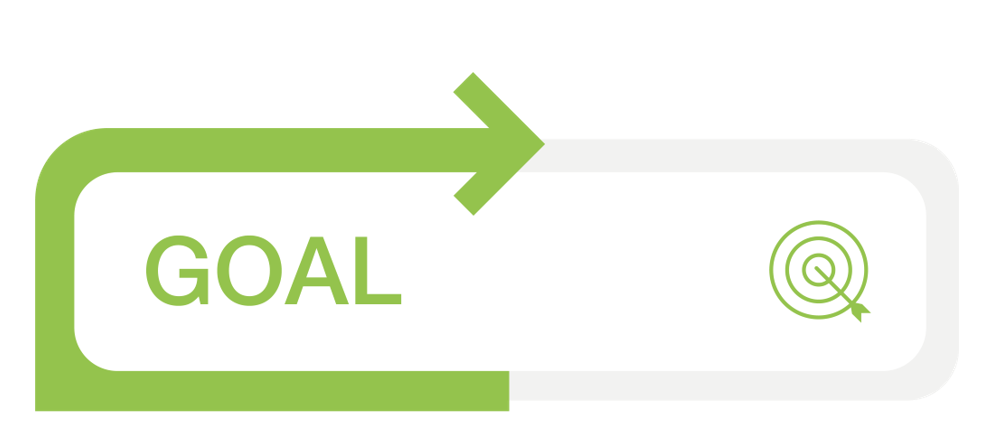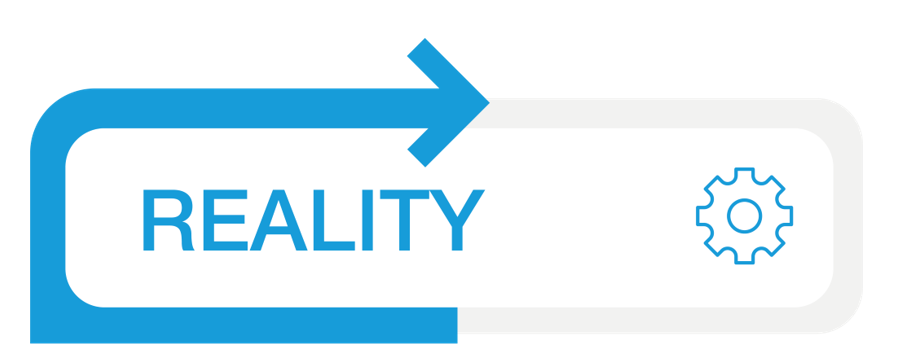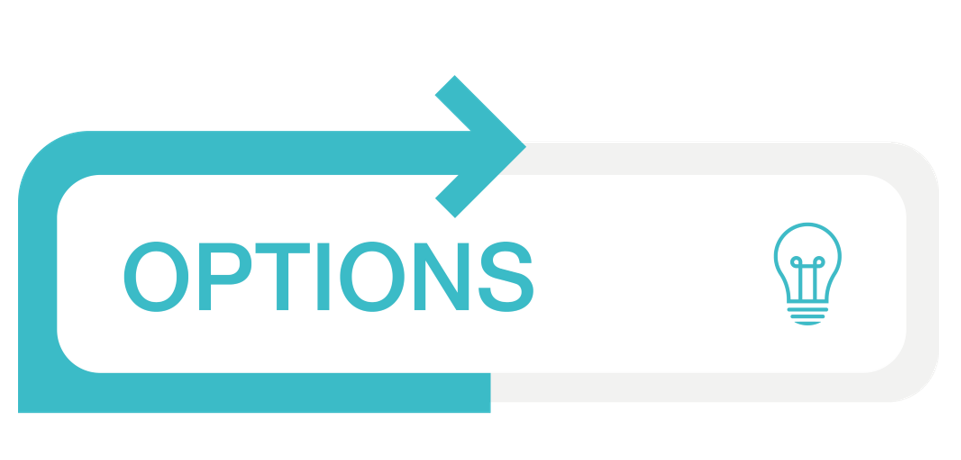- June 7, 2023

Coaching is the process of working with an individual or a team to help them achieve personal or professional goals. Although often used interchangeably with mentoring, coaches do not provide specific technical advice but rather facilitate the individual’s or team’s problem-solving and decision-making capabilities.
Our recent whitepaper “How can a coaching culture transform your business?” explores the value of facilitative coaching in fostering employees’ decision-making and problem-solving abilities. The GROW method is a framework that can be used to structure these sessions, giving coaches a roadmap to get the most from these conversations.
What does this mean in practice?
One of the frameworks we use with clients is the GROW coaching model. It’s a four-step structured coaching framework for problem-solving, goal setting and performance improvement, developed by Sir John Whitmore in the 1980s.
Goal – What do you want?
Reality – Where are you now?
Options – What could you do?
Will – What will you do?
The model takes an action-focused approach, with the coachee actively identifying problems and generating ideas for solutions to reach a clearly defined end result. The aim of the session is for the coachee to clarify their goals, assess their current situation, explore their options, and then develop a plan of action to achieve their objective.

The first step in a GROW conversation is for the coachee to establish their own goal or objective; “What do you want?” This involves defining the desired outcome and setting clear, specific, and measurable goals, ensuring it’s realistic and setting a timeline for achieving it. An example of this goal could be to reach a promotion within an agreed timeframe. Framing the conversation on a goal helps them to focus the conversation on the solution rather than the issue.

The next step is to assess the current reality, “What is happening now?” The coachee is supported to take a realistic look at the present situation, identify any current obstacles or challenges, and understand the resources and support available to them. This part of the model uses reality-focused questions to view issues from different perspectives, rather than getting tied down in the emotions related to a problem, to make rational, informed choices about moving forward. It might feel uncomfortable at first to explore the coachee’s reality, and it may be tempting to skip to the Options or Actions stage, but doing this without exploring the Goal and Reality in depth might result in “I don’t know what actions to take, that’s why I’m here!” Exploring the current reality is one of the practices that distinguishes coaching from normal conversation, where we are likely to go straight from the past to the future.

Now we move from the present to assessing the future; looking at the available options, devising potential strategies and solutions to achieve the desired outcome, “What could you do?” The coach helps the coachee identify these options, evaluate their potential effectiveness, and choose the best course of action. All these questions help people dig deeper into their own awareness. For example, options to explore with a coachee could be adapting a communication style to work with a colleague, trialling a new process to test its efficiency in reaching a goal, or setting up a new forum with colleagues to improve communications.

The final phase of the model is to develop an action plan with specific steps, timelines, as well as a system of accountability to ensure progress is being made and adjustments can be put in place if necessary. An example of an action could be to escalate an issue to a manager, seek guidance from other colleagues if they have faced a similar problem, or change behaviour to make steps towards the goal.
At Managementors, we work with our clients’ teams, supporting them to reach their professional goals. Driving sustainable change in any organisation requires creating behavioural change in employees; we see value in giving individuals the tools to enhance their capabilities through coaching and maintaining this by creating mentors who can ensure the performance is sustained.
While we see that managers are typically focused on achieving the task at hand, this approach can result in the team lacking empowerment and self-sufficiency. We drive towards a proactive approach which involves developing individuals and building a strong team as a whole. By utilising the GROW method as a framework of coaching, this approach enables employees to take accountability and acquire the necessary skills to overcome problems and reach development goals.
